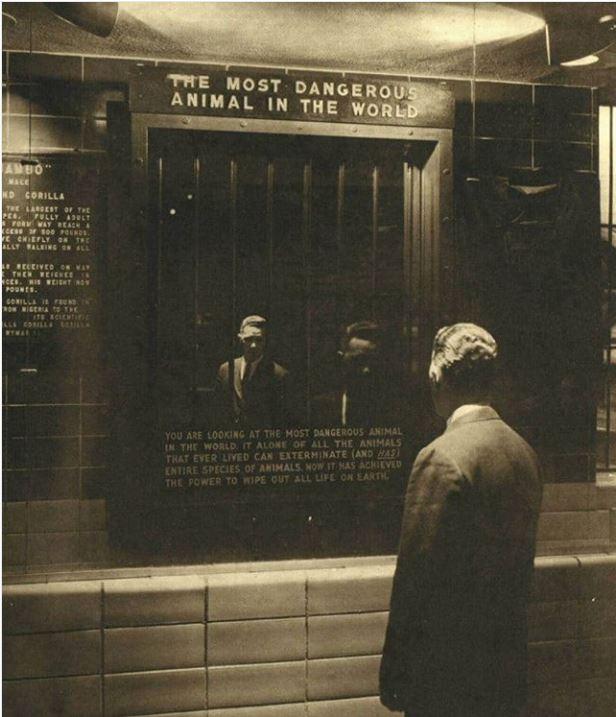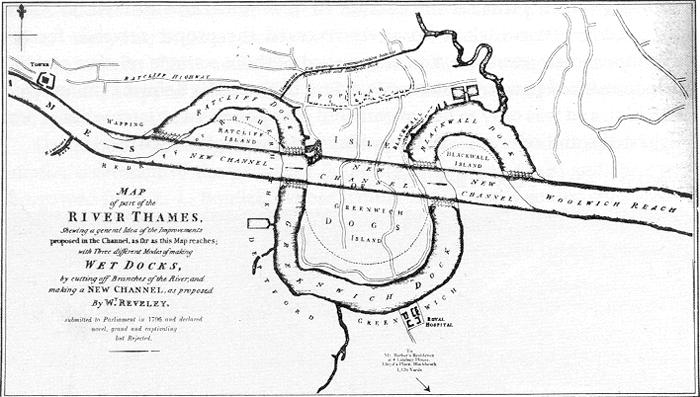In 2012, the admissions department at the University of Chicago received a package addressed to Indiana Jones — or to Henry Walton Jones Jr., Indiana’s full name. “The package contained an incredibly detailed replica of ‘University of Chicago Professor’ Abner Ravenwood’s journal from Indiana Jones and the Raiders of the Lost Ark,” the university posted on its Tumblr page. It included photos, maps, and even handwritten text (“I was able to speak through an interpreter with the Guardian of Ark who told me that no other man beside himself could lay eyes on the Ark, that it was an absolutely holy object, and that the world would not pollute it by looking at it,” Ravenwood warns. “He added that he and the villagers would protect the Ark with their lives if necessary.”)
“This package was a little perplexing because we couldn’t find the staff member or the professor [it was intended for] in the directory,” undergraduate outreach Garrett Brinker told Wired.
The university set up an email tip line and inquired with Lucasfilm, which only responded, “We were just as surprised to see this package as you were!”
It turned out that the the replica was one of several that had been shipped from Guam to Italy; it had somehow fallen out of the package in Honolulu, and the post office had delivered it faithfully to the address it bore. “We believe that the post office wrote on our Zip code on the outside of the package and, believing the Egyptian postage was real, sent it our way. From Guam to Hawaii en route to Italy with a stopover in Chicago: truly an adventure befitting Indiana Jones.”
In exchange for some University of Chicago merchandise, the original “prop replicator” in Guam agreed to let the school keep the journal — it’s now on display in the main lobby of the Oriental Institute there.
See Afoot.





